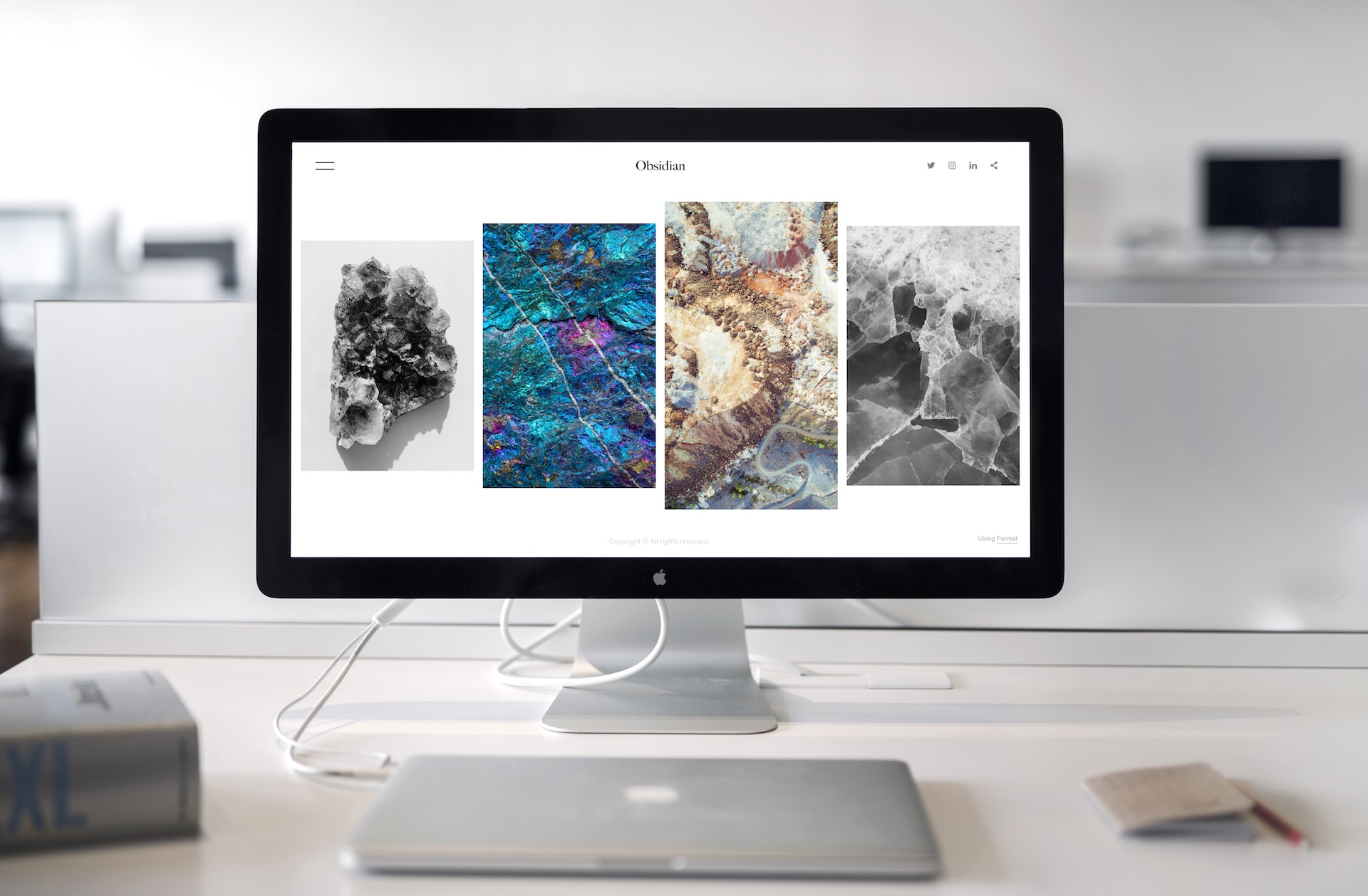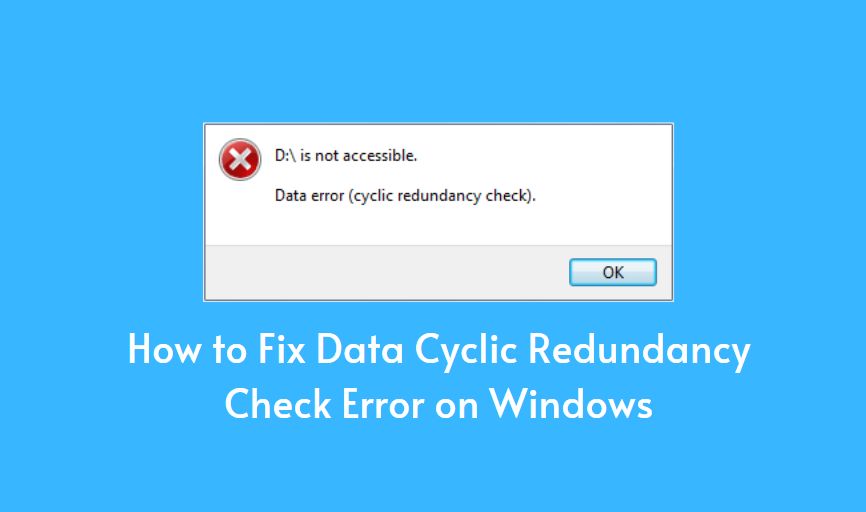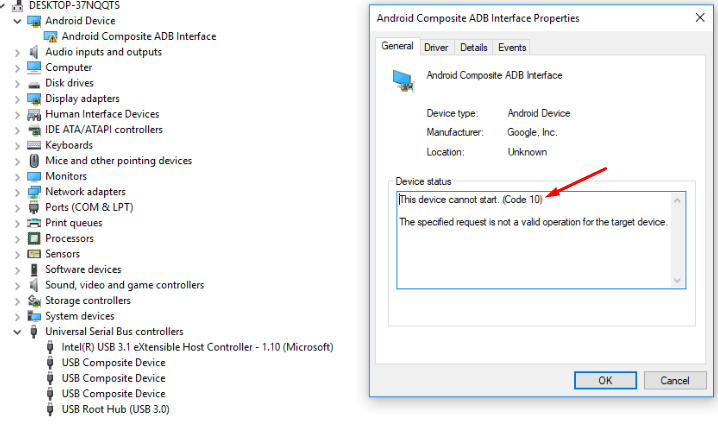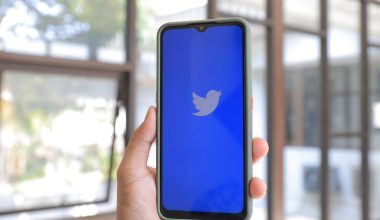Do you want your website to look great for users and search engines? We all do! But it’s got to be hard to make sure you’re doing everything correctly!
Each image your site has can use a little help to function best for you. But what kind of considerations do you need to make to optimize images for your site? How can you keep your image optimization process on track?
Well, we’ve got the information you need. Keep reading to learn about common image optimization errors.

-
Uncompressed Images
Keeping image files as compressed as possible is essential and will reduce page load times and bandwidth usage. Use programs such as Photoshop, Gimp, or TinyPNG to compress images. These programs can ensure that each compressed image is adjusted to the correct level.
-
Not Specify the Image File Type
The file type determines how much the image can be compressed. JPEG and PNG are the two most common file types used on the web.
Each of these file types has its purpose and compression capabilities. For example, JPEG is typically used for photographs, while PNG is better suited for logos and text images.
To optimize the image, use the correct file type to ensure the best image quality to file size ratio. A png to jpeg converter can be an effective way to optimize images quickly.
-
Wrong File Naming
This can make it difficult for users to recognize the files at a glance and make it hard for search engine bots to read. To ensure images are properly optimized, use a descriptive name that is concise and relevant to your content. Avoid using symbols or random strings of numbers and letters, as they are not easily recognizable.
Utilizing dashes or underscores as separators and avoiding excessively long names is also important. Also, consider including your targeted keyword to help with searchability. The key is to make it easy to find without cluttering the file name.
-
Not Resizing the Image Files
If images are not resized, the file size can be much larger than necessary, resulting in slower loading times and performance. This involves using image editing software and selecting ‘scale image’ or ‘image size.’
Opt for the right file and different image formats, as some compress more than others. Files can also be further compressed by reducing the color palette and image resolution.

-
Skimping on Quality
Low-resolution images can have a blurry or pixelated look, and images can look grainy instead of crisp. It’s important to ensure that all images have the appropriate resolution.
-
Not Using SEO Techniques
Not using SEO techniques can lead to decreased visibility, engagement, and conversions. Images must have proper descriptive titles, ALT tags, and captions that describe what the image is about. SEO techniques can improve the way images appear in search engine results.
Learn How to Avoid Common Image Optimization Errors
Performing routine image optimization can help you get the most out of your website visuals and increase speed. To avoid common image optimization errors, be sure to always compress images, globally format them, and choose the appropriate size. For further help with optimizing images for your website, contact us today for a free optimization review!
Did you find this article helpful? Check out the rest of our blogs!





